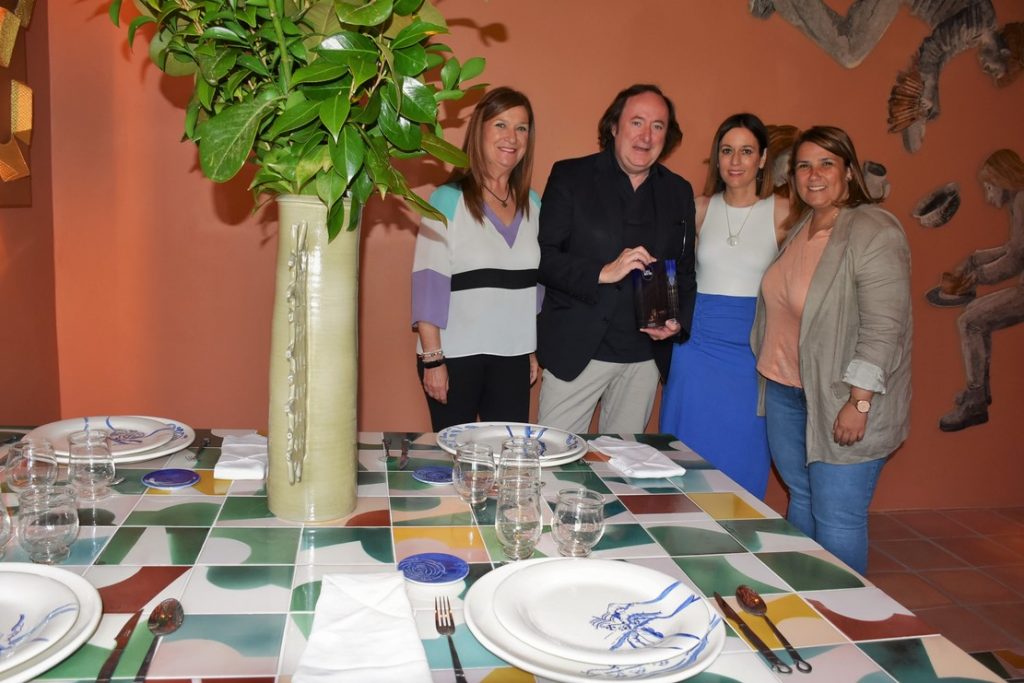
Talavera, por segundo año consecutivo, en la feria de interiorismo más importante de España
La alcaldesa ha visitado la prestigiosa exposición Casa Decor, en
Learn about the history of ceramics from Talavera de la Reina and how it has influenced the history of the city.
The decorative processes that have been elaborated generation after generation.
From prehistory
to the 21st century.
Although pottery techniques have evolved both in Mexico and in Spain, particularly with the use of electric pottery wheels, the procedures for manufacturing, decorating and glazing this type of pottery are still traditional and identical to those practiced in the 16th century.
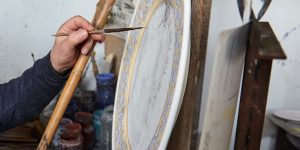
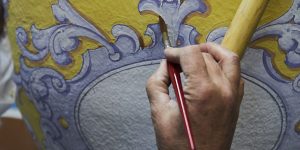
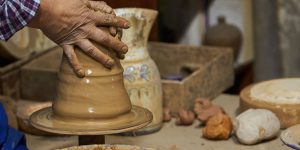


Project for the inclusion of ceramics from Talavera de la Reina and Puente del Arzobispo in the list of Intangible Cultural Heritage of UNESCO.

Theoretical and practical knowledge related to this element of living cultural heritage includes the preparation of the clay…
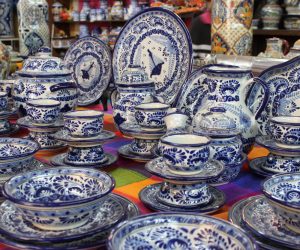
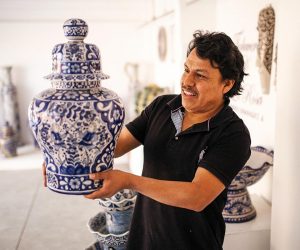
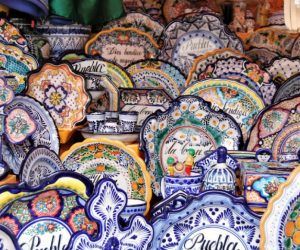

Archaeoceramics is an educational program, for students from year 6 of Primary School, which is carried out in Ruiz de Luna Museum. It has been designed and it is taught by specialists in didactics, and dissemination of the Historical, Archaeological and Artisanal Heritage

The Toledo Chamber of Commerce, within the Comprehensive Qualification and Employment Program (PICE), aimed at youngsters from the Youth Guarantee System interested in working in the ceramics industry.

On the one hand, preserving and transmitting their own techniques and traditions, and, on the other hand, the challenges faced when adapting to a changing world’s preferences, economic matters, etc.

The Ceramics and Glass Education Centre is located in C. Juan Ruiz de Luna, 2, 45600 de Talavera de la Reina, Toledo. It was inaugurated in 2020 as a resource which seeks to favor generational replacement in this industry.

Talavera de la Reina has become the epicenter of the training of talent focused on design, ceramics and gastronomy with the launch of the intensive course of the Summer School of Crafts of the Michelangelo Foundation.
Access all the news related to our precious Intangible Heritage of Humanity.

La alcaldesa ha visitado la prestigiosa exposición Casa Decor, en

La alcaldesa ha destacado que Talavera se ha convertido en

La teniente de alcaldesa, Montserrat Muro, ha destacado la importancia
A large collection of digital books from the world of ceramics.
The best videos related to the production of ceramics and its craft processes.
As with other trades and areas associated with the human being, craft processes have their own language.
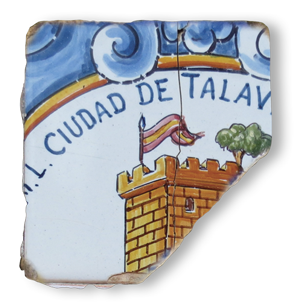
The production of pottery in Talavera de la Reina dates back to prehistoric times. The first documented elements in our city are neolithic potsherds, recently discovered in the surroundings of El Salvador church. Similarly, fragments from the Chalcolithic and Bronze Age have been documented near El Prado Historical Gardens, Entretorres or Palomarejos. This archaeological evidence points towards the occupation of spaces belonging to the current city by human prehistoric communities.
However, evidence associated with pottery production in the city does not appear until ancient times. We talk about the discovery of several Iberian-Roman kilns in different locations that point towards the importance of pottery in ancient Caesarobriga (Talavera de la Reina’s name during Roman times). The name Calvinus must be mentioned regarding this period. According to recovered evidence, he was the first local artisan, from whom we keep his workshop’s signature in an unearthed potsherd.
Thanks to different archaeological evidence, it is known that during the Middle Ages different types of pottery wares were made, either bisque or glazed. The existence of Islamic, Hispano-Moresque and Mudejar wares highlight the number of objects produced in the city for local and regional use. Written records give us potters’ names—Farach Ben Sidani and Ayub Ben Jalaf—during the 12th century. As of the 13th century, Mudejar manufactures are widespread. Some of its main characteristics can be found in Talavera’s pottery until the 16th century.
Different historical sources account for the existence of relevant infrastructure and production in the city, already in the first half of the 16th century. Some of these documents are ordinances and municipal agreements. The availability of raw materials, infrastructure, work force and good communications must have been decisive factors that led Ian Floris, also known as Juan Flores, to settle in Talavera in 1565 to produce tiles for the Royal Monastery of El Escorial. This royal assignment made ceramics from Talavera trendy. Thanks to the proximity of the Court, the production of ceramics experienced a great development, both tableware and tiles production. Many monasteries and noblemen chose ceramics from Talavera to decorate their buildings and as part of their tableware. These assignments were key in developing series productions, and caused that every change and new fashion between the 16th and 18th centuries, was reflected in the “talaveras”.
Between the end of the 16th and the beginning of the 17th century, the Spanish economic crisis, along a lack of metal, led King Felipe III’s administration to enact the well-known pragmatic (law) against luxury, in 1601. In it, the Duke of Lerma orders to elaborate an inventory of the metal in private noble possession, in order to convert it into currency. The silver pieces, used until then as luxury tableware, were to be replaced by ceramic ones, which meant a huge boost for Talavera’s industry.
As of the 18th century, ceramic production will begin its decline. In 1727, Count of Aranda founded the Royal Factory of Fine Whiteware and Porcelain of Alcora (Castellón), which increased porcelain’s demand. This fact, along tax exemptions and privileges, meant a fierce competition for Talavera’s workshops that were unable to match those conditions. This was worsened by several artisans leaving the trade. As of 1748, they started to work in the Royal Silk Factory set up in the city.
The effects of the Independence War against the French wreaked great havoc in the city, and eventually ruined the scarce ceramic productive infrastructure. The 19th century was marked by a shortage of experienced human resources, such as potters, burners and painters, which became one of the main problems in resuming production.
In 1849, Juan Niveiro will open El Carmen workshop with workers from Valencia. This will also be done by Gabriel Herranz and Martin, husband of Romualda Martinez Rodriguez, who in 1860 went to Manises and Valencia to look for officers to work in La Menora workshop, since it was a time when many were unemployed due to the fact that many workshops in Alcora had closed.
At the beginning of the 20th century, there is a ceramics “revival” in Talavera de la Reina with Juan Falco, Francisco Alcantara, Enrique Guijo, Plato Paramo and Juan Ruiz de Luna as main characters. All of them were interested in recovering the glory ceramics meant centuries back. At first, Emilio Niveiro was also in this group, tests were made at his workshop, but finally refused to take part in the initiative. In this sense, the partnership Ruiz de Luna, Guijo and Co. will be created. Nuestra Señora del Prado Workshop is then set in motion.
Due to the rise of ceramics, new factories began to be set up, some with staff coming from Ruiz de Luna’s workshops, such as Julian Montemayor’s factory, called “San Antonio” (1914-1925) (1927-1941).
After the creation and end of Ceramicas Ruiz de Luna S. L. (1942-1961) a new era for Talavera’s ceramics will begin. People who had worked in this workshop continued providing their services in El Carmen and La Purisima, and then set up their own workshops taking advantage of the tourism boost: Duran (early 60s), Talaveran Crafts (1966), Mave (1969), La Talabricense (1972), among others. Thus, painters such as Bodas, Espínola, Montoya, Durán, Mauri or Adeva will keep on working or start new workshops, which, in turn, will train new ceramists.
At present, a large number of the existing workshops come from those already mentioned. New ones have emerged after the School of Art was created. Both work towards the survival and adaptation of the artisanal processes to the current demand. In 2015, Castilla La Mancha’s government declared the ceramics from Talavera Bien de Interés Cultural Inmaterial (Spanish heritage protection status), and in 2019, the 14th UNESCO Committee for the Safeguarding of the Intangible Cultural Heritage, inscribed The Artisanal Making Processes of the ‘talavera’ of Puebla and Tlaxcala (Mexico) and the ceramics of Talavera de la Reina and Puente del Arzobispo (Spain) in the Representative List of the Intangible Cultural Heritage of Humanity. Therefore, current work is being done towards the preservation of these processes and promoting generational replacement.

Patrimonio Inmaterial Cerámica es una web del Ayuntamiento de Talavera de la Reina
Politica de Privacidad | Politica de Cookies | Contacto
